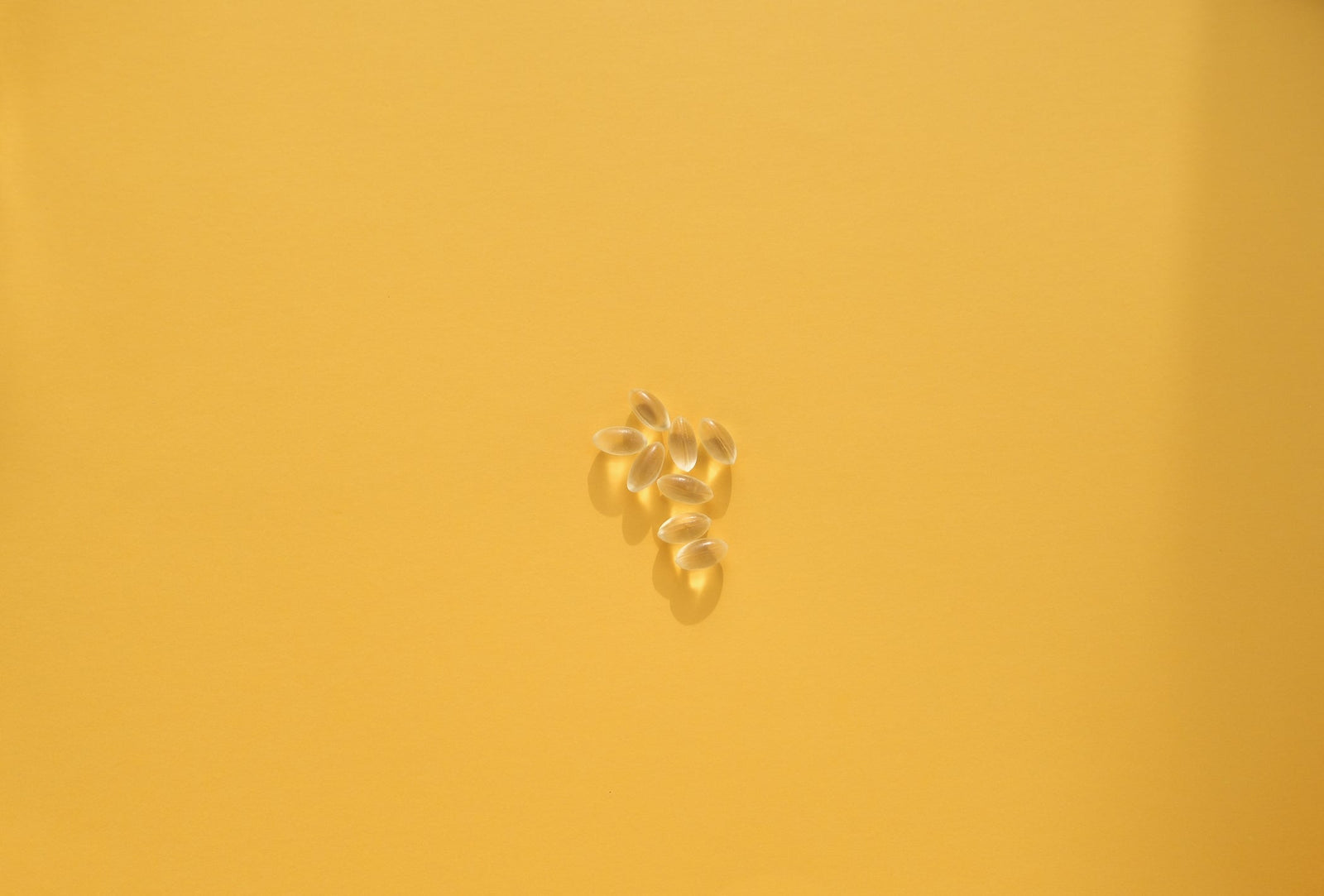Your Cart is Empty

November 11, 2022 4 min read
The sciatic nerve, the dominant nerve that innervates the lower back and lower extremities, runs from the lower back through the hips, buttocks and down each leg. It is the longest and widest nerve in the body and plays an important role in the nervous system by supporting the muscles of the lower leg (including the calf, ankle, and back of the knee) as well as supplying sensation to the sole of the foot, ankle, lower leg and back of the thigh. It is a mixed-function nerve containing both sensory neurons and motor neurons, meaning it simultaneously enables muscles to feel and to move. Any damage to the sciatic nerve can result in lower back pain, muscle weakness, and abnormal reflexes. Symptoms usually affect the lower leg, showing up in a number of ways such as leg pain, problems with bending the knee, shooting pain from the buttocks to the lower leg, or an inability to rotate or bend the foot properly.

Sciatica, a spinal cord injury, manifests itself in shooting pains that radiate along the path of the sciatic nerve. Sciatica occurs when the sciatic nerve is pinched or damaged. It is commonly a result of a herniated disc in the spine or a bone spur, which is an overgrowth of bone on the vertebrae. An interesting thing about sciatica is that it can be severe one day and gone the next. It emerges as flare-ups and often strikes without warning.

Vitamin C (ascorbic acid) is a well-known and powerful antioxidant that helps rid the body of free radicals. Studies have shown that Vitamin C combined with Vitamin E can help alleviate nerve injury such as injury to the sciatic nerve. Vitamin C not only helps to boost the immune system but can be an aid for easing the shooting pain of sciatica.

Amandean Liposomal Vitamin C is easy to incorporate into your diet. It is sugar-free, soy-free, vegan-friendly, and made from non-GMO sunflower lecithin. Liposomal Vitamin C has an advanced delivery system for maximum bioavailability and high absorption. Unlike traditional Vitamin C tablets, powders, or pills, liquid liposomal Vitamin C bypasses the digestive system and is delivered directly to the cells that need it most.
Sciatica can be unexpected. It is a painful experience that can cause an array of issues and inconveniences while performing simple daily tasks. Staying aware and intentional about posture, especially while sitting, is important to avoid putting unnecessary pressure on your sciatic nerve. But most of all, being aware of your body and listening to its signals is imperative to maintain good health.
The sciatic nerve is a dominant nerve in the lower back and extremities.
Sciatica is a spinal cord injury manifested through severe pain from the lower spine to the buttocks and down to the back of the leg or foot.
Sciatica risk factors include: aging, a sedentary lifestyle, and diabetes.
Sciatica prevention and management include: proper posture, weight management, exercise, and the absence of poor lifestyle choices such as smoking.
Vitamin C is a powerful antioxidant boosting the immune system and alleviating the symptoms of sciatica.

April 08, 2025 7 min read
Discover the powerful trio for graceful aging—Vitamin D3+K2 and Omega-3 fatty acids. This dynamic combination supports bone strength, heart health, immune function, and reduces inflammation, helping you maintain vitality and well-being as you age.

March 20, 2025 8 min read
Discover the benefits of creatine for women with Amandean’s Creatine HCI. Improve strength, energy, recovery, and cognitive function with this high-absorption formula. Its advanced HCl form ensures easy digestion and no bloating, providing all the benefits without the drawbacks. Elevate your fitness journey and overall wellness with a supplement designed for women’s unique needs.

March 03, 2025 7 min read
Discover how Bryan Johnson, a tech entrepreneur turned biohacker, uses cutting-edge science and personalized genetic testing to revolutionize health and longevity. Learn how biohacking, from diet to mental health practices, can help you live longer and healthier, with practical strategies to optimize your well-being. Find out more about genetic testing, and ways to implement results into your wellness routine.